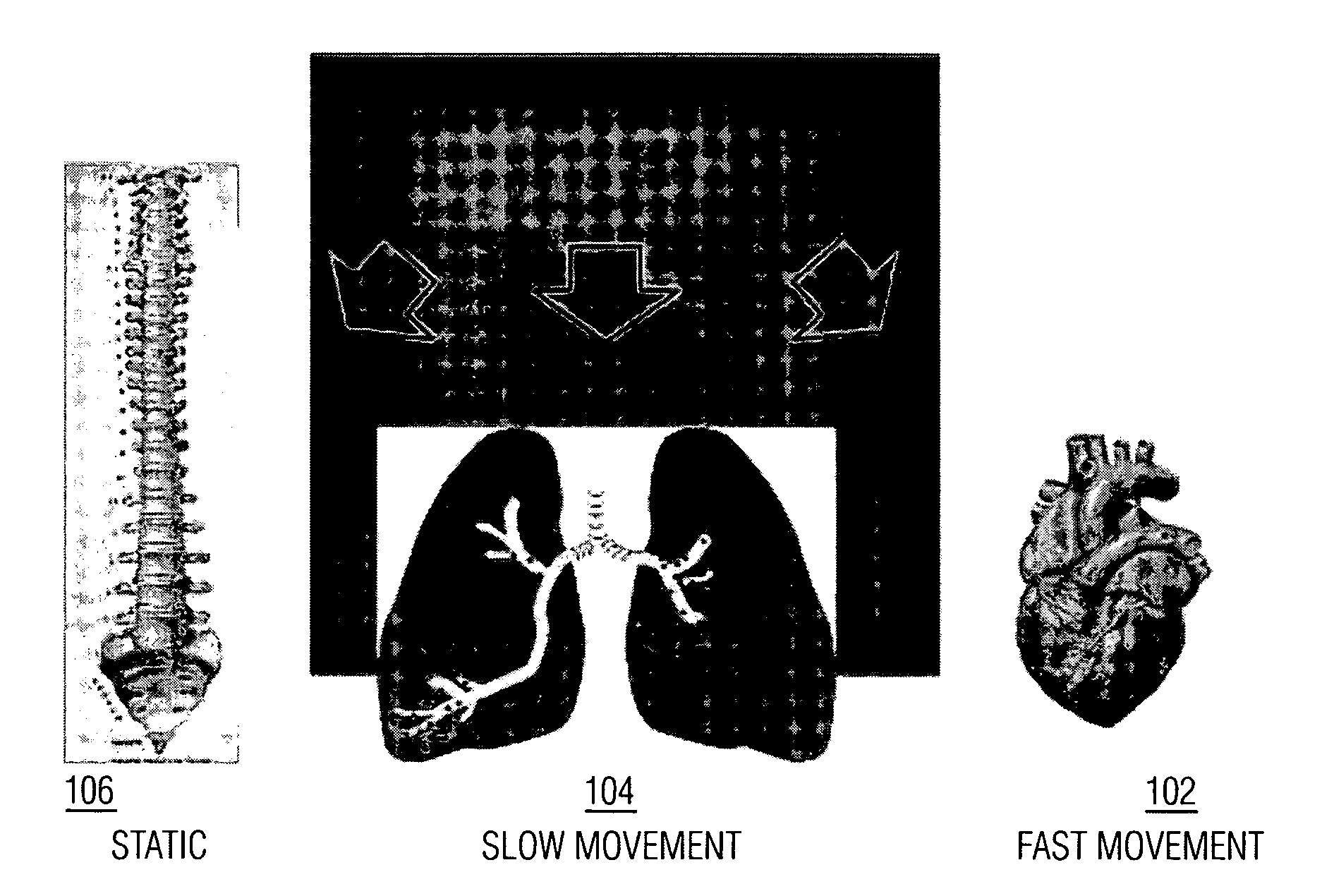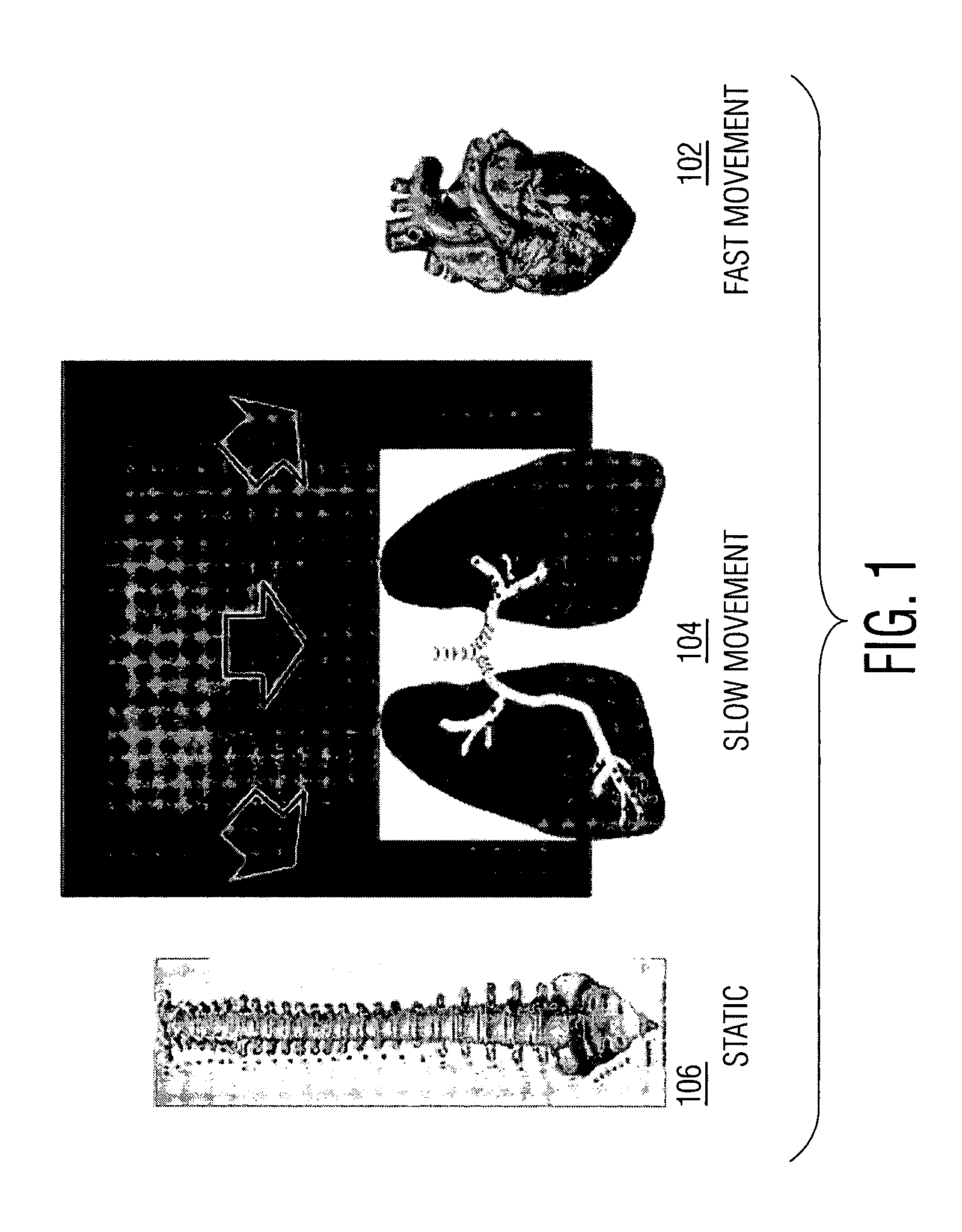System and Method For Coronary Digital Subtraction Angiography
a digital subtraction and angiography technology, applied in the field of fluoroscopic image sequences, can solve the problems of blood filled structures that cannot be accurately distinguished between blood filled structures and surrounding tissue using conventional radiology, information that is difficult to decipher, and the inability to distinguish blood filled structures from surrounding tissue using traditional intensity based approaches
- Summary
- Abstract
- Description
- Claims
- Application Information
AI Technical Summary
Problems solved by technology
Method used
Image
Examples
Embodiment Construction
[0019] The present invention is directed to a method for extracting motion-based layers from fluoroscopic images. Embodiments of the present invention are described herein to give a visual understanding of the motion layer extraction method. A digital image is often composed of digital representations of one or more objects (or shapes). The digital representation of an object is often described herein in terms of identifying and manipulating the objects. Such manipulations are virtual manipulations accomplished in the memory or other circuitry / hardware of a computer system. Accordingly, is to be understood that embodiments of the present invention may be performed within a computer system using data stored within the computer system.
[0020] A sequence of fluoroscopic images contains multiple X-ray images obtained in real time. The X-ray images record a certain field of view of a time period. Accordingly, motion of objects within the field of view can be observed in a sequence of flu...
PUM
 Login to View More
Login to View More Abstract
Description
Claims
Application Information
 Login to View More
Login to View More - R&D
- Intellectual Property
- Life Sciences
- Materials
- Tech Scout
- Unparalleled Data Quality
- Higher Quality Content
- 60% Fewer Hallucinations
Browse by: Latest US Patents, China's latest patents, Technical Efficacy Thesaurus, Application Domain, Technology Topic, Popular Technical Reports.
© 2025 PatSnap. All rights reserved.Legal|Privacy policy|Modern Slavery Act Transparency Statement|Sitemap|About US| Contact US: help@patsnap.com



